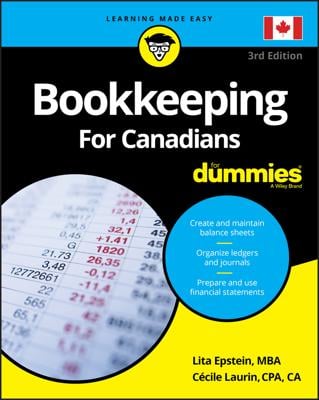When it comes to double-entry bookkeeping, the key formula for the balance sheet (Assets = Liabilities + Equity) plays a major role.
In order to adjust the balance of accounts in the bookkeeping world, you use a combination of debits and credits. You may think of a debit as a subtraction because you’ve found that debits usually mean a decrease in your bank balance. And, you’ve probably found unexpected credits in your bank or credit card account that mean more money has been added in your favor. Now forget what you’ve learned about debits or credits. In bookkeeping, their meanings aren’t so simple.The only definite thing when it comes to debits and credits in the bookkeeping world is that a debit is on the left side of a transaction and a credit is on the right side of a transaction.
Double-entry bookkeeping example: Purchasing an item with cash
Here’s an example of the practice in action. Suppose you purchase a new desk that costs $1,500 for your office. This transaction actually has two parts: You spend an asset — cash — to buy another asset — furniture. So, you must adjust two accounts in your company’s books: the Cash account and the Furniture account. Here’s what the transaction looks like in a bookkeeping entry:| Account | Debit | Credit |
|---|---|---|
| Furniture | $1,500 | |
| Cash | $1,500 |
Assets = Liabilities + Equity
Furniture increase = No change to this side of the equation
Cash decrease
In this case, the books stay in balance because the exact dollar amount that increases the value of your Furniture account decreases the value of your Cash account. At the bottom of any journal entry, you should include a brief description that explains the purpose for the entry.Double-entry accounting example: Purchasing items on credit
To show you how you record a transaction if it impacts both sides of the balance sheet equation, here’s an example that shows how to record the purchase of inventory. Suppose that you purchase $5,000 worth of widgets on credit.These new widgets add value to your Inventory Asset account and they also add to your Accounts Payable account. (Remember, the Accounts Payable account is a Liability account where you track bills that need to be paid at some point in the future.) Here’s how the double-entry bookkeeping transaction for your widget purchase looks:
| Account | Debit | Credit |
|---|---|---|
| Inventory | $5,000 | |
| Accounts Payable | $5,000 |
Assets = Liabilities + Equity
Inventory increases = Accounts Payable increases + No change
In this case, the books stay in balance because both sides of the equation increase by $5,000.You can see from the two example transactions how double-entry accounting helps to keep your books in balance — as long as you make sure each entry into the books is balanced. Balancing your entries may look simple here, but sometimes bookkeeping entries can get very complex when more than two accounts are impacted by the transaction.

